We put the Oppo Find X7 Ultra through our rigorous DXOMARK Camera test suite to measure its performance in photo, video, and zoom quality from an end-user perspective. This article breaks down how the device fared in a variety of tests and several common use cases and is intended to highlight the most important results of our testing with an extract of the captured data.
Overview
Key camera specifications:
- Primary: 50MP 1″ sensor, 23mm equivalent f/1.8-aperture lens, AF, OIS
- Ultra-wide: 50MP 1/1.95″ sensor, 14mm equivalent f/2-aperture lens, AF
- Tele 1: 50MP 1/1.56″ sensor, 65mm equivalent f/2.6-aperture lens, AF, OIS
- Tele 2: 50MP 1/2.51″ sensor, 135mm equivalent f/4.3-aperture lens, AF, OIS
Scoring
Sub-scores and attributes included in the calculations of the global score.
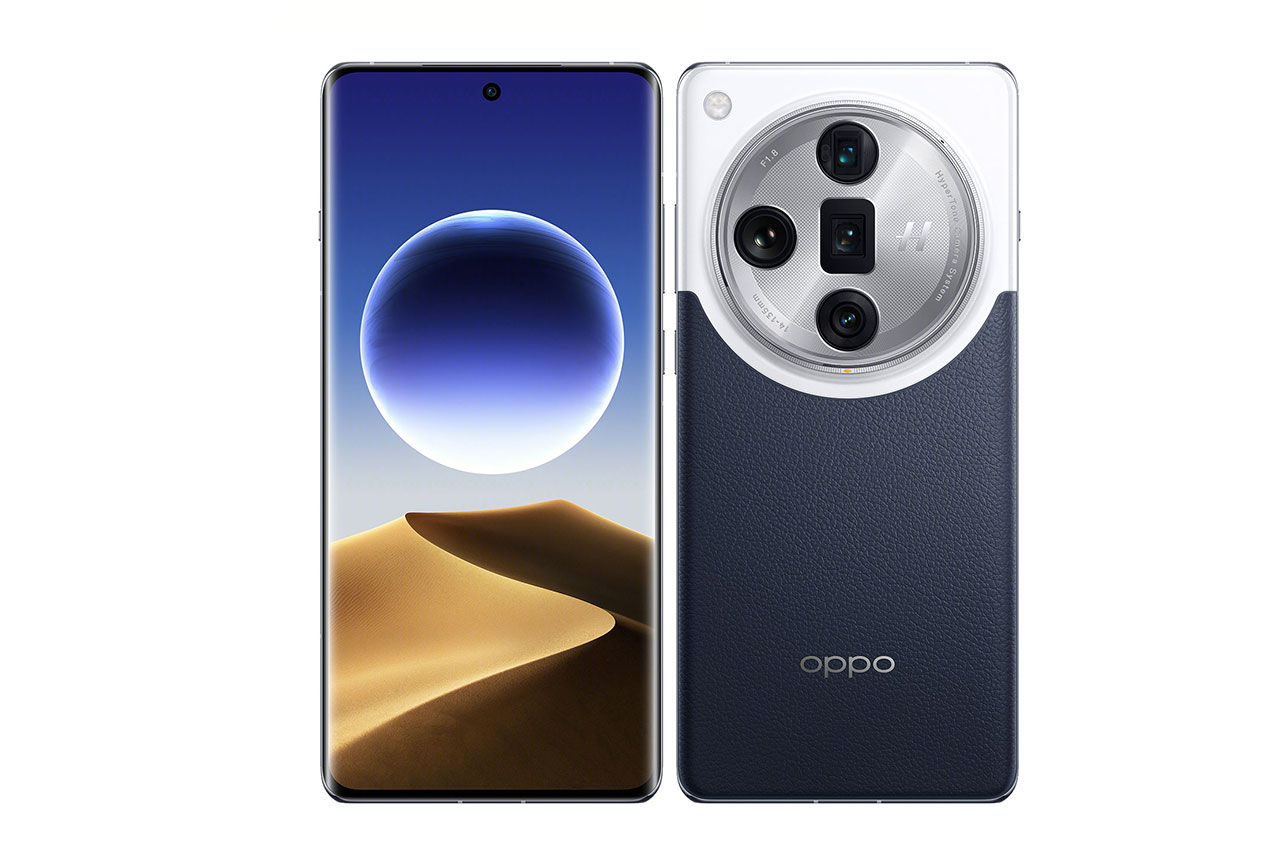
Oppo Find X7 Ultra


Use cases & Conditions
Use case scores indicate the product performance in specific situations. They are not included in the overall score calculations.
Outdoor
Photos & videos shot in bright light conditions (≥1000 lux)
Indoor
Photos & videos shot in good lighting conditions (≥100lux)
Lowlight
Photos & videos shot in low lighting conditions (<100 lux)
Friends & Family
Portrait and group photo & videos
 4th
4th 4th
4thPros
- Good color rendering and white balance in photo and video
- Excellent bokeh effect with good subject isolation and high levels of detail
- Very good detail at medium and long-range tele
- Good texture/noise trade-off in photo and video, even in low light
- Accurate exposure and wide dynamic range on portraits and landscape shots
Cons
- Slight loss of detail at close range tele and in ultra-wide shots
- Exposure and tone mapping instabilities in video, especially in high-contrast indoor scenes
- Occasional unnatural texture rendering
- Occasional slight overexposure in low-light photos
The Oppo Find X7 Ultra delivered outstanding results in the DXOMARK Camera tests and deservedly shares the top spot in the ranking with the Huawei Mate 60 Pro+. Scores were excellent across all test areas but the Oppo especially stood out in terms of portrait capture, thanks to natural and accurate colors and high levels of detail in all shooting conditions.
The latest Oppo flagship features an impressive list of hardware specifications, including high-resolution 50MP image sensor in all four camera modules. The main camera comes with a very large 1″ variant that is capable of collecting a lot of photons and therefore image information. In practice, this resulted in natural-looking images with high levels of detail and low noise across all test conditions. On the tele zoom side of things, the FindX 7 Ultra offers two periscope cameras, which provide very high levels of detail when zooming in from 3x to 6x and beyond, across all light conditions. Bokeh images in portrait mode showed accurate subject isolation, as well as excellent color rendering and high levels of detail, thanks to the use of the 3x tele module in this mode.
Unlike some other flagship devices, the FindX7 Ultra does not use an HDR format in video but still relies on the SDR-8-bit format. However, video output was still excellent, with accurate subject exposure and a wide dynamic range. Video clips featured vivid colors and natural skin tones, as well as a very good trade-off between detail preservation and noise reduction, even when recording in low light.
Please note that our test sample photos were captured at default settings in a proprietary HDR format and displayed on the device’s display using ProXDR technology. Currently, Oppo’s proprietary system is not widely compatible with other Android devices, but Oppo has announced that it will in the future be compatible with Google’s Ultra HDR standard. As DXOMARK does not have access to the visualization tools that are required for the assessment of this proprietary HDR format, our evaluation was undertaken using an SDR visualization workflow. It should be noted though that ProXDR captures provided a more pleasant contrast in dim conditions than the SDR counterparts.
Our testers found the Oppo Find X7 Ultra to be an excellent device for taking photos and videos of friends and family. The camera captured vivid colors, rendered skin tones naturally, and created a pleasant bokeh effect. In addition, it did a great job at freezing motion in scenes with moving subjects, allowing for easy capture of the decisive moment.
The latest Oppo flagship is one of the best smartphones for shooting in dim conditions, similar to its predecessor Oppo Find X6 Pro. In our tests, it did a great job at revealing shadow detail with nice contrast, and low-light images showed good detail and very low noise. This is true for photo as well as video, where the Oppo matched the very low noise levels of the iPhone 15 Pro Max.
Test summary
About DXOMARK Camera tests: DXOMARK’s Camera evaluations take place in laboratories and in real-world situations using a wide variety of subjects. The scores rely on objective tests for which the results are calculated directly by measurement software on our laboratory setups, and on perceptual tests in which a sophisticated set of metrics allow a panel of image experts to compare aspects of image quality that require human judgment. Testing a smartphone involves a team of engineers and technicians for about a week. Photo, Zoom, and Video quality are scored separately and then combined into an Overall score for comparison among the cameras in different devices. For more information about the DXOMARK Camera protocol, click here. More details on smartphone camera scores are available here. The following section gathers key elements of DXOMARK’s exhaustive tests and analyses. Full performance evaluations are available upon request. Please contact us on how to receive a full report.
Photo
Oppo Find X7 Ultra
169
For scoring and analysis, DXOMARK engineers capture and evaluate more than 2,600 test images both in controlled lab environments and in outdoor, indoor and low-light natural scenes, using the camera’s default settings. The photo protocol is designed to take into account the main use cases and is based on typical shooting scenarios, such as portraits, family, and landscape photography. The evaluation is performed by visually inspecting images against a reference of natural scenes, and by running objective measurements on images of charts captured in the lab under different lighting conditions from 1 to 1,000+ lux and color temperatures from 2,300K to 6,500K.
In our still image tests, the Oppo Find X7 Ultra delivered great results across all key image quality attributes. Our testers particularly liked the well-balanced color rendering with natural skin tones in all conditions. Exposure was generally pleasant, and a fairly wide dynamic range ensured good detail in both the highlight and shadow areas of the frame. The high levels of captured texture and low noise allowed for the capture of high-quality portrait and landscape images alike. In addition, the well tuned auto-exposure and zero-shutter lag, coupled with the main camera’s large image sensor allowed for freezing motion and capturing the decisive moment.
Unlike some of its rivals, the Oppo does not feature a variable aperture, resulting in a slightly more shallow depth of field. Therefore background subjects in group shots were not rendered perfectly in focus in our tests. Our testers also noticed some contrast and skin tone issues in high-contrast scenes, but despite these minor flaws, the Oppo Find X7 Ultra delivered still images with overall high quality and natural rendering.
Close-Up
Close-up is the third use case score introduced with DXOMARK Camera version 5. It evaluates the camera’s ability to capture detail at subject distances below 10cm and magnifications as close as possible to 1:1.
The Oppo Find X7 Ultra automatically switches to the ultra-wide camera module in macro mode. In our tests, the minimum shooting distance in macro mode was slightly longer than on most direct competitors, but image quality in macro mode remained acceptable.

Exposure
Oppo Find X7 Ultra
130
Exposure is one of the key attributes for technically good pictures. The main attribute evaluated is the brightness of the main subject through various use cases such as landscape, portrait, or still life. Other factors evaluated are the contrast and the dynamic range, eg. the ability to render visible details in both bright and dark areas of the image. Repeatability is also important because it demonstrates the camera's ability to provide the same rendering when shooting several images of the same scene.
In our tests, the Oppo captured still images with good exposure and a fairly wide dynamic range. In dim conditions, exposure was sometimes slightly too bright, which resulted in good detail but took away some of the low-light mood. Images showed good detail in both highlight and shadow areas of the frame, but our testers noticed a slight lack of contrast in difficult backlit scenes.

Color
Oppo Find X7 Ultra
130
Color is one of the key attributes for technically good pictures. The image quality attributes analyzed are skin-tone rendering, white balance, color shading, and repeatability. For color and skin tone rendering, we penalize unnatural colors but we respect a manufacturer's choice of color signature.
Colors were natural, vivid, and accurate, with only very slightly visible and well-controlled white balance casts. In addition, all types of skin tones were rendered nicely and naturally across all light conditions. On some occasions, our testers noticed slightly oversaturated colors that were affected by contrast issues.

Autofocus
Oppo Find X7 Ultra
125
Autofocus tests concentrate on focus accuracy, focus repeatability, shooting time delay, and depth of field. Shooting delay is the difference between the time the user presses the capture button and the time the image is actually taken. It includes focusing speed and the capability of the device to capture images at the right time, what is called 'zero shutter lag' capability. Even if a shallow depth of field can be pleasant for a single subject portrait or close-up shot, it can also be a problem in some specific conditions such as group portraits; Both situations are tested. Focus accuracy is also evaluated in all the real-life images taken, from infinity to close-up objects and in low light to outdoor conditions.
The Oppo´s autofocus was fast, accurate, and reliable. Instant captures with zero-shutter lag were achieved in most conditions, but not always in high-contrast scenes. The large sensor in the Oppo Find X7 Ultra’s main camera module provides a fairly shallow depth of field. As a result, some subject isolation was achieved in portrait shots, but in group shots, background subjects were not rendered perfectly sharp. Unlike some rivals, such as the Huawei Mate 60 Pro+, the Oppo Find X7 Ultra does not feature a variable aperture, but it still managed to maintain some detail on background subjects using software processing.
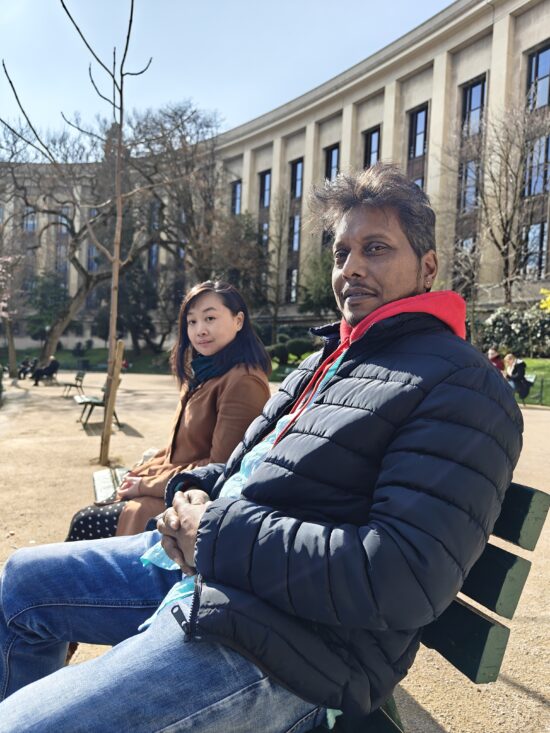

Texture
Oppo Find X7 Ultra
125
Texture tests analyze the level of details and the texture of subjects in the images taken in the lab as well as in real-life scenarios. For natural shots, particular attention is paid to the level of details in the bright and dark areas of the image. Objective measurements are performed on chart images taken in various lighting conditions from 1 to 1000 lux and different kinds of dynamic range conditions. The charts used are the proprietary DXOMARK chart (DMC) and the Dead Leaves chart.
Thanks to the large sensor’s light-collection capabilities, the camera generally captured high levels of detail and managed good preservation of fine detail. In general, details were better preserved than on most competitors, except the iPhone 15 Pro Max which, in bright conditions, delivers 24MP images with significantly better details.

Noise
Oppo Find X7 Ultra
117
Noise tests analyze various attributes of noise such as intensity, chromaticity, grain, structure on real-life images as well as images of charts taken in the lab. For natural images, particular attention is paid to the noise on faces, landscapes, but also on dark areas and high dynamic range conditions. Noise on moving objects is also evaluated on natural images. Objective measurements are performed on images of charts taken in various conditions from 1 to 1000 lux and different kinds of dynamic range conditions. The chart used is the Dead Leaves chart and the standardized measurement such as Visual Noise derived from ISO 15739.
Noise levels were well under control, but measured slightly higher than on the predecessor Find X6 Pro in the lab. Still, noise remained barely noticeable, even in low light, thanks to the large image sensor in the main camera module and effective image processing.

Artifacts
Oppo Find X7 Ultra
82
The artifacts evaluation looks at lens shading, chromatic aberrations, geometrical distortion, edges ringing, halos, ghosting, quantization, unexpected color hue shifts, among others type of possible unnatural effects on photos. The more severe and the more frequent the artifact, the higher the point deduction on the score. The main artifacts observed and corresponding point loss are listed below.
Image artifacts were very well under control on the Oppo Find X7 Ultra. Only some ghosting could be slightly visible in some scenes with motion. Occasionally, some image processing inaccuracies in challenging scenes could lead to artifacts in the rendering of the face.
Bokeh is tested in one dedicated mode, usually portrait or aperture mode, and analyzed by visually inspecting all the images captured in the lab and in natural conditions. The goal is to reproduce portrait photography comparable to one taken with a DLSR and a wide aperture. The main image quality attributes paid attention to are depth estimation, artifacts, blur gradient, and the shape of the bokeh blur spotlights. Portrait image quality attributes (exposure, color, texture) are also taken into account.
Portrait mode is one of the Oppo’s strong points. Like the direct competitors in the ultra-premium segment, the Find X7 Ultra produced good depth estimation and an accurate blur gradient, even around fine detail. However, the use of the 3x tele camera in portrait mode is a major advantage over the competition as it provides an angle of view that is more suited to portraiture, while also delivering good detail and accurate skin tones.
Preview
Oppo Find X7 Ultra
93
Preview tests analyze the image quality of the camera app's preview of the image, with particular attention paid to the difference between the capture and the preview, especially regarding dynamic range and the application of the bokeh effect. Also evaluated is the smoothness of the exposure, color and focus adaptation when zooming from the minimal to the maximal zoom factor available. The preview frame rate is measured using the LED Universal Timer.
In our tests, the preview image on the display was pretty close to the final capture, but like on most competitors, dynamic range was more limited in preview, and the bokeh effect was less accurate and pronounced than in the final image.
Zoom
Oppo Find X7 Ultra
169
DXOMARK engineers capture and evaluate over 400 test images in controlled lab environments and in outdoor, indoor, and low-light natural scenes, using the camera’s default settings and pinch zoom at various zoom factors from ultra wide to very long-range zoom. The evaluation is performed by visually inspecting the images against a reference of natural scenes, and by running objective measurements of chart mages captured in the lab under different conditions from 20 to 1000 lux and color temperatures from 2300K to 6500K.
Zoom is a key strength of the Oppo Find X7 Ultra camera. Compared to the predecessor, the new model comes with better tele hardware, now offering two tele camera modules with a large sensor. As a result, high levels of detail were captured at tele zoom settings between 3x and 6x and beyond. In addition, noise levels were low, and images showed good exposure and color accuracy. However, the Oppo does not apply any image fusion at close range tele (1x to 3x). In our tests, this resulted in lower levels of detail, compared to the direct competitors that use image fusion, at close-range zoom levels.
At a 14mm equivalent focal length, the ultra-wide camera offers a slightly wider field of view than the Find X6 Pro. However, the module uses a smaller image sensor, and in our tests, the level of captured detail was not quite on par with rivals such as the Huawei P60 Pro or the Vivo X100 Pro. Still, overall the Oppo Find X7 Ultra managed fairly high image quality across a wide range of zoom settings, peaking at medium and long-range tele.
Video Zoom
The Oppo Find X7 Ultra delivered high levels of fine detail as well as low noise when zooming in video mode. Despite the addition of camera modules, transitions are still well handled with little change in framing, and changes are only slightly visible in terms of exposure and color. But smoother transitions on the market are still achieved by the Apple iPhone 15 Pro Max.

Wide
Oppo Find X7 Ultra
122
These tests analyze the performance of the ultra-wide camera at several focal lengths from 12 mm to 20 mm. All image quality attributes are evaluated, with particular attention paid to such artifacts as chromatic aberrations, lens softness, and distortion. Pictures below are an extract of tested scenes.
The new Oppo flagship’s ultra-wide camera comes with a wider focal range and slightly smaller image sensor than the equivalent module of its predecessor, which results in a wider field of view. Still, distortion and anamorphosis artifacts were handled well and only noticeable in some shots. Compared to its most direct competitors, the Find X7 Ultra’s ultra-wide camera captured slightly lower levels of detail. Image noise was well under control.

Tele
Oppo Find X7 Ultra
128
All image quality attributes are evaluated at focal lengths from approximately 40 mm to 300 mm, with particular attention paid to texture and detail. The score is derived from a number of objective measurements in the lab and perceptual analysis of real-life images.
When using the tele zoom, the Oppo captured excellent levels of detail with its 3x dedicated tele camera. The same was true for the 6x long tele module. In addition, the level of captured detail was consistently high at intermediary zoom levels between the two tele modules. However, unlike its predecessor, the Find X7 Ultra does not apply any image fusion between 1x and 3x tele zoom, resulting in lower levels of detail.
Video
Oppo Find X7 Ultra
159
DXOMARK engineers capture and evaluate more than 2.5 hours of video in controlled lab environments and in natural low-light, indoor and outdoor scenes, using the camera’s default settings. The evaluation consists of visually inspecting natural videos taken in various conditions and running objective measurements on videos of charts recorded in the lab under different conditions from 1 to 1000+ lux and color temperatures from 2,300K to 6,500K.
In our tests, the Oppo Find X7 Ultra’s performance in video mode was excellent. Like for stills, color rendering was very good, with a nicely controlled white balance cast and pleasant skin tones. The camera recorded high levels of detail while managing to keep noise down, even in low light. Unlike some rivals, for example, the latest generation iPhones, the Oppo does not record in HDR format. Still, even in SDR format, video clips offered accurate exposure as well as a fairly wide dynamic range with good contrast. In addition, the video autofocus was fast and accurate, and the stabilization system did a good job at keeping things smooth and stable in all light conditions.

Exposure
Oppo Find X7 Ultra
116
Exposure tests evaluate the brightness of the main subject and the dynamic range, eg. the ability to render visible details in both bright and dark areas of the image. Stability and temporal adaption of the exposure are also analyzed.
Video exposure was accurate and recorded footage offered a wide dynamic range. However, our testers also noticed some slight instabilities and abrupt exposure transitions.

Color
Oppo Find X7 Ultra
120
Image-quality color analysis looks at color rendering, skin-tone rendering, white balance, color shading, stability of the white balance and its adaption when light is changing.
Color rendering in video was fairly natural and accurate, offering pleasant skin-tone rendering, even in warm low light, which often can have a negative effect on skin tones. As for exposure, transitions in changing light conditions could have been smoother for a more natural effect.

Autofocus
Oppo Find X7 Ultra
120
Video autofocus was fast and accurate while maintaining good subject tracking. In addition, focus transitions were fairly smooth and lacked distracting stepping effects.

Texture
Oppo Find X7 Ultra
118
Texture tests analyze the level of details and texture of the real-life videos as well as the videos of charts recorded in the lab. Natural videos recordings are visually evaluated, with particular attention paid to the level of details in the bright and areas as well as in the dark. Objective measurements are performed of images of charts taken in various conditions from 1 to 1000 lux. The charts used are the DXOMARK chart (DMC) and Dead Leaves chart.
As for still images, the level of captured detail in video mode was very high. The Oppo Find X7 Ultra especially stood out in indoor and low-light recording where it managed to maintain high levels of detail. In some challenging low-light conditions, motion in the scene could induce scene integrity artifacts and a loss of texture, but overall, the Oppo’s video clips offered good detail with natural rendering.

Noise
Oppo Find X7 Ultra
120
Noise tests analyze various attributes of noise such as intensity, chromaticity, grain, structure, temporal aspects on real-life video recording as well as videos of charts taken in the lab. Natural videos are visually evaluated, with particular attention paid to the noise in the dark areas and high dynamic range conditions. Objective measurements are performed on the videos of charts recorded in various conditions from 1 to 1000 lux. The chart used is the DXOMARK visual noise chart.
Video noise was managed extremely well on the Oppo Find X7 Ultra across all light conditions. Noise was barely noticeable in most areas of the frame and could only become slightly visible around moving elements in the scene.

Stabilization
Oppo Find X7 Ultra
119
Stabilization evaluation tests the ability of the device to stabilize footage thanks to software or hardware technologies such as OIS, EIS, or any others means. The evaluation looks at residual motion, smoothness, jello artifacts and residual motion blur on walk and run use cases in various lighting conditions. The video below is an extract from one of the tested scenes.
Video stabilization was effective at counteracting camera shake. Only sometimes was a loss of sharpness noticeable in a few frames of video clips recorded while walking.

Artifacts
Oppo Find X7 Ultra
86
Artifacts are evaluated with MTF and ringing measurements on the SFR chart in the lab as well as frame-rate measurements using the LED Universal Timer. Natural videos are visually evaluated by paying particular attention to artifacts such as aliasing, quantization, blocking, and hue shift, among others. The more severe and the more frequent the artifact, the higher the point deduction from the score. The main artifacts and corresponding point loss are listed below.
Unwanted image artifacts were well under control in video mode. Only very few artifacts, including some occasional aliasing, were noticeable.


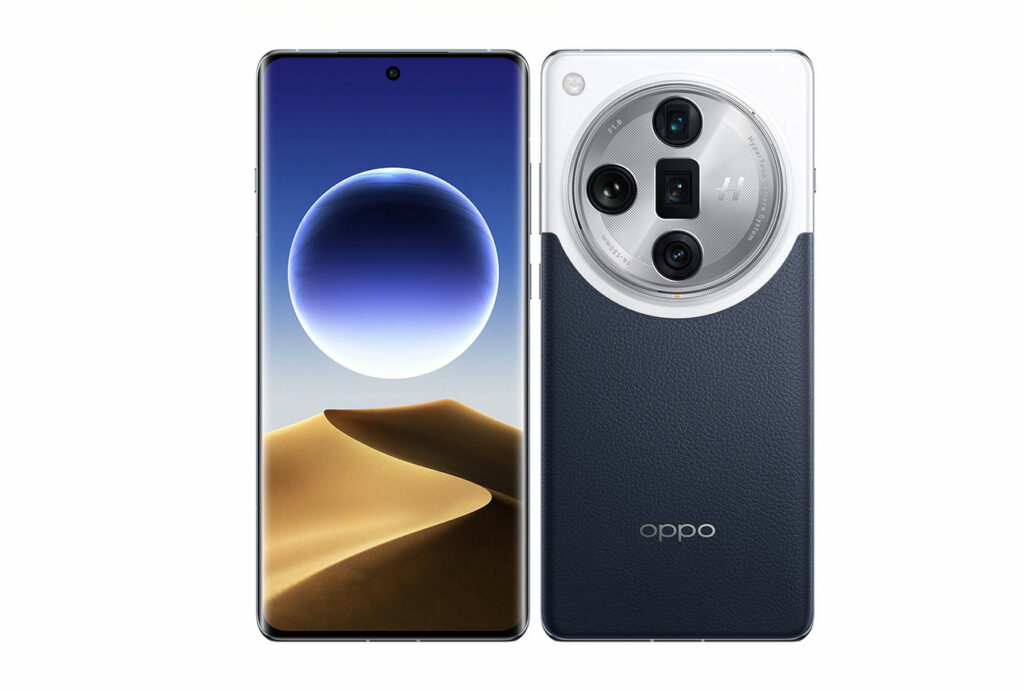


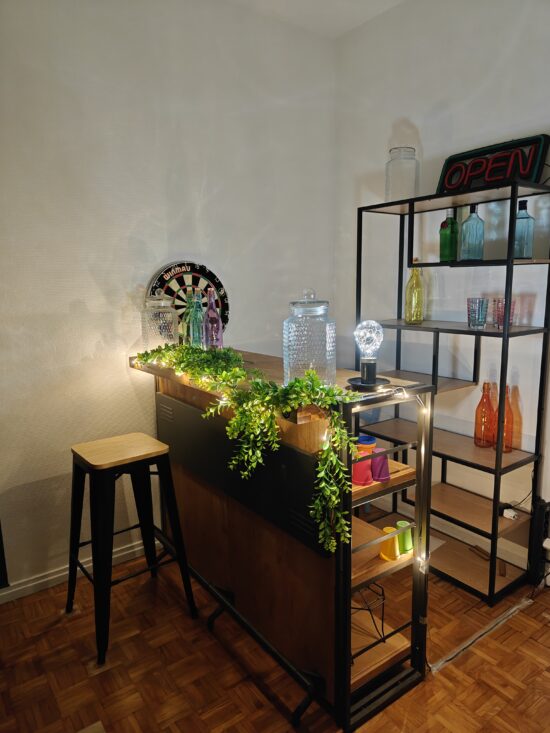



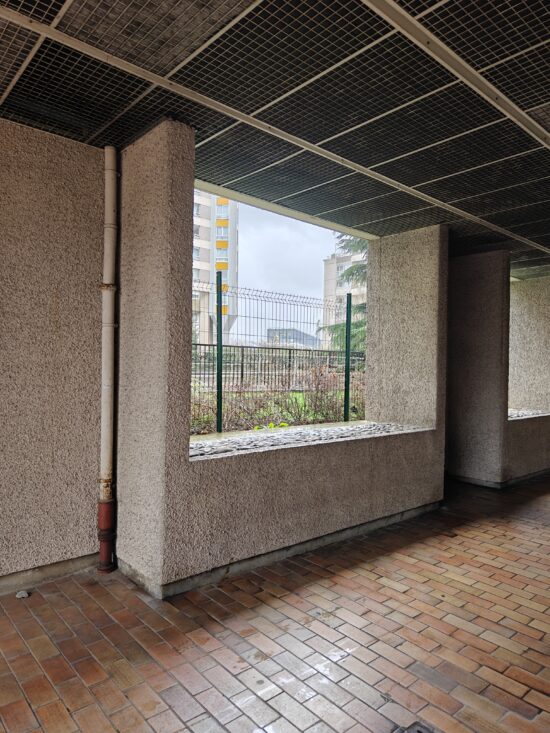
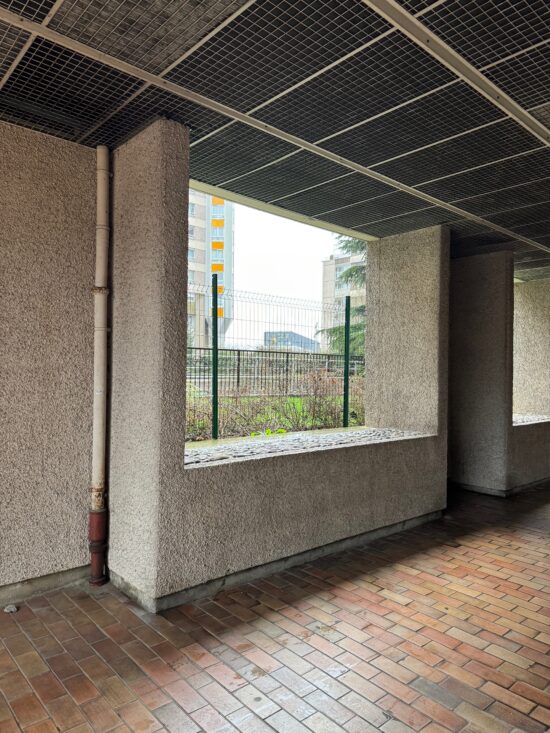
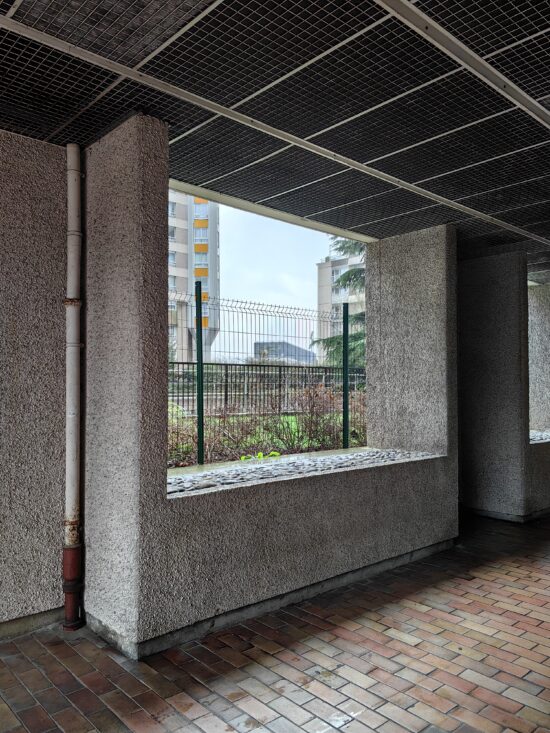
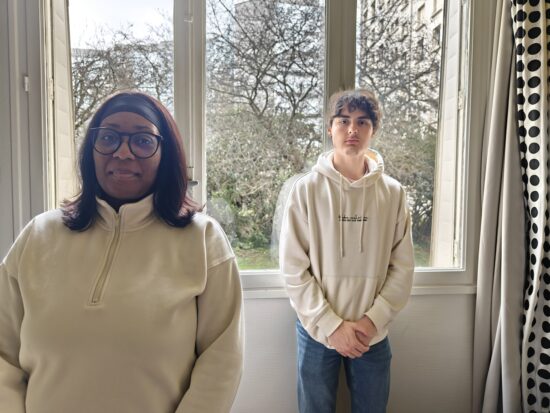
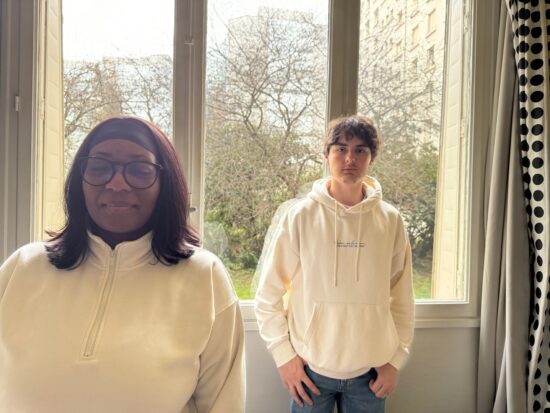
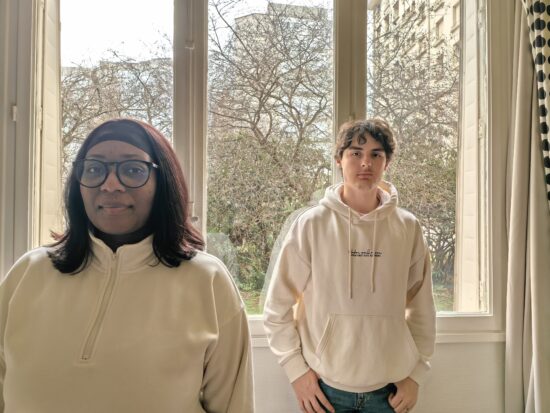



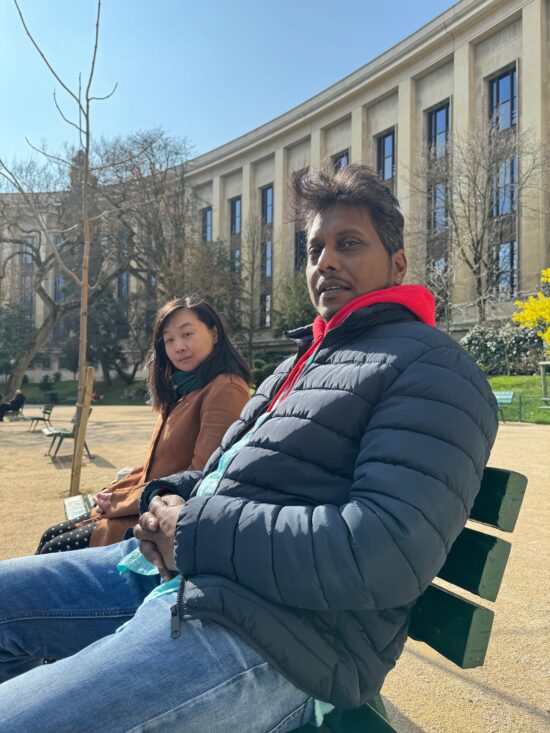
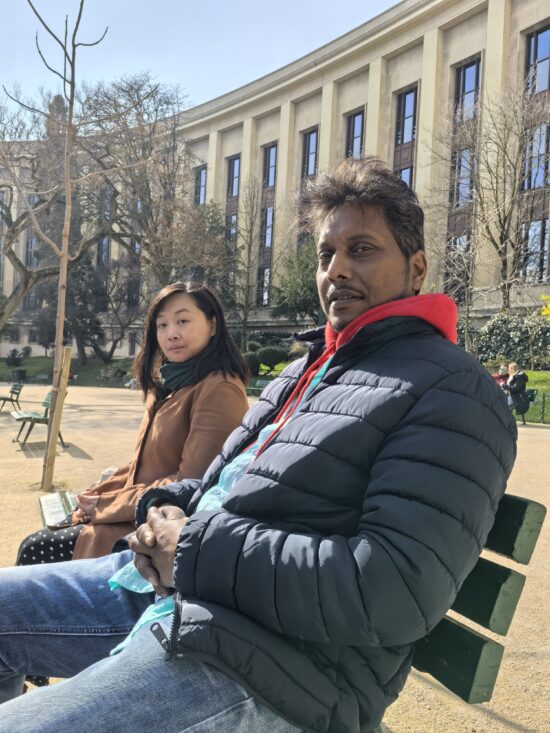






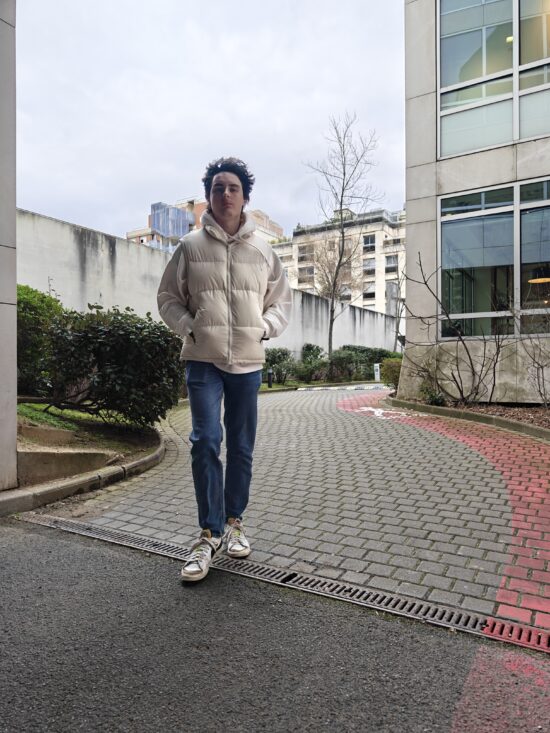



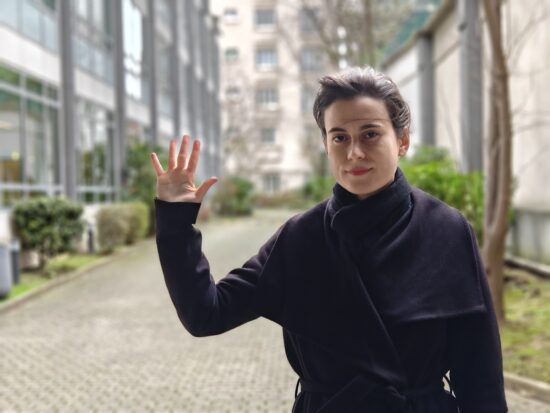
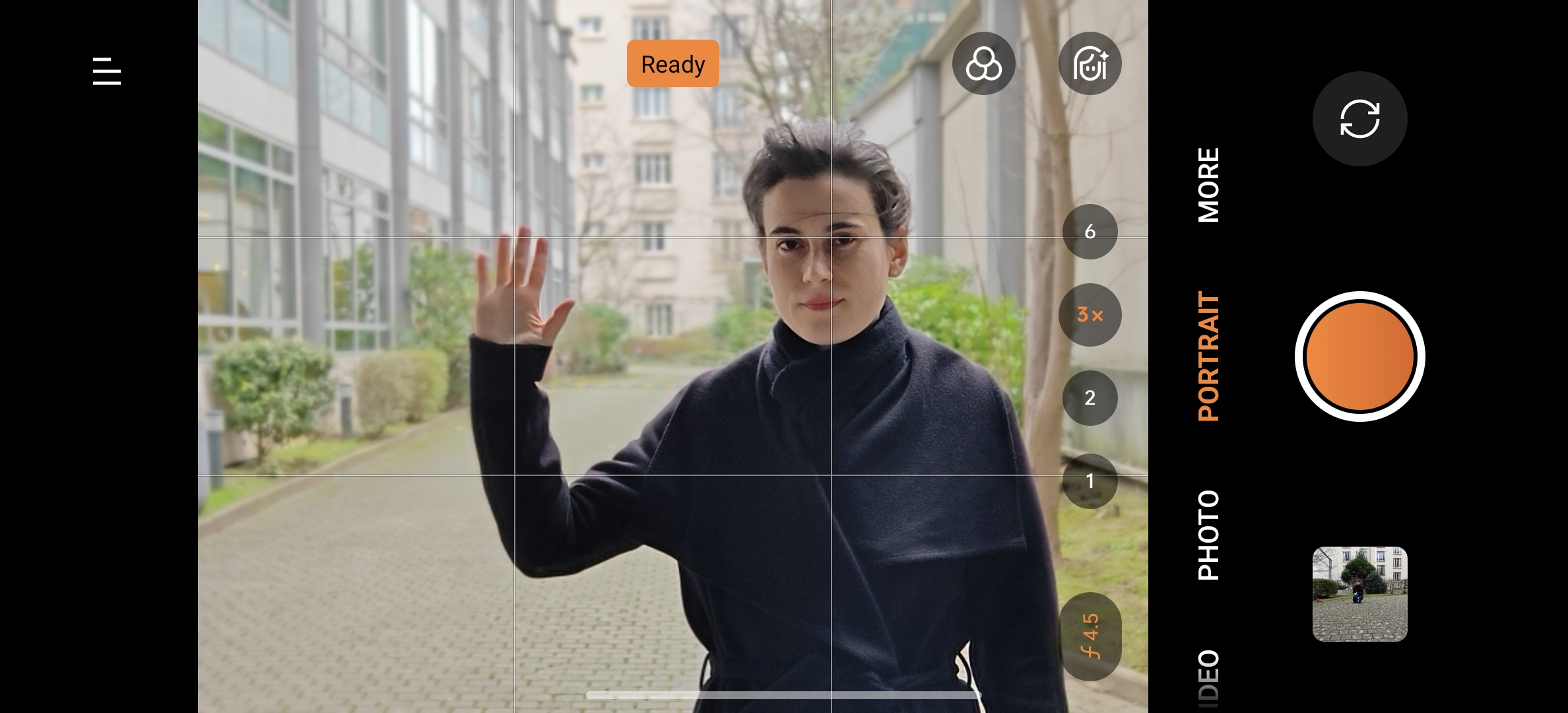









DXOMARK encourages its readers to share comments on the articles. To read or post comments, Disqus cookies are required. Change your Cookies Preferences and read more about our Comment Policy.